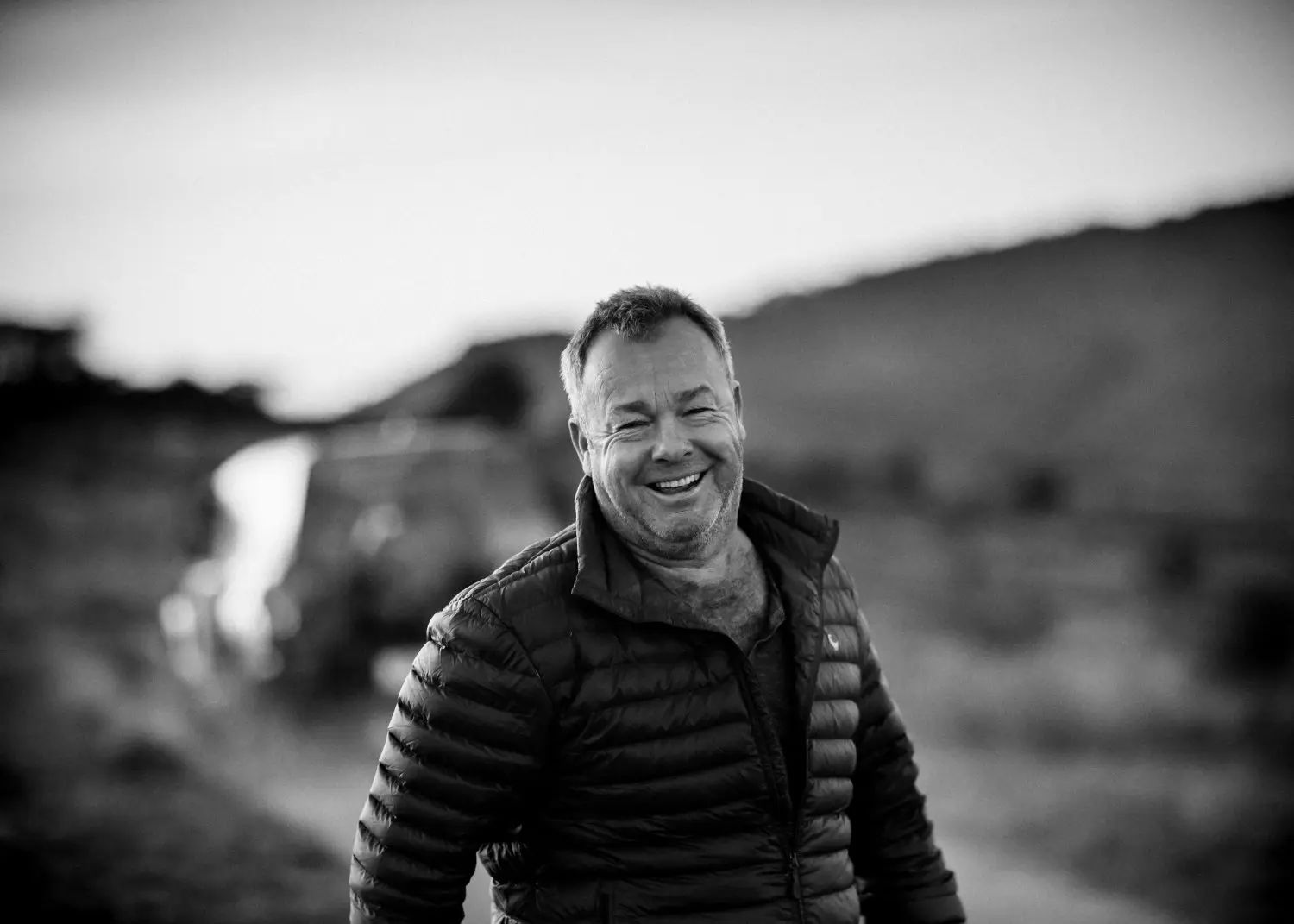
David Yarrow
Explore original David Yarrow photography at ArtLife Gallery, featuring limited-edition prints that capture wildlife, landscapes, and cinematic storytelling with breathtaking detail. Recognized globally from London to Los Angeles, Yarrow’s fine art photographs are highly collectible and sought after by investors and collectors alike. Browse David Yarrow artworks to elevate your collection today.
Biography
David Yarrow was born in 1966 in Glasgow, Scotland, the son of a prominent member of the Yarrow shipbuilding dynasty. David enjoyed taking photographs from a young age, and would regularly bring his Kodak camera with him to soccer matches to capture images of his favorite players.
It was at a rugby game aged 15, however, where he first knew photography would become a huge part of his life. Speaking about the realisation, he said: “I remember being in the darkroom afterwards and enlarging an image of a Scotland player…It was as if someone was letting me know that I was destined to become a photographer.”
Yarrow kept taking pictures at sports games, and while studying accountancy at Edinburgh University, he won Young Scottish Photographer of the Year aged 20. Later that year, he was asked by The Times newspaper to cover the 1986 World Cup in Mexico. His image of Argentinian soccer star Diego Maradona holding the winner’s trophy earned international syndication.
However, after graduating from university, Yarrow instead pursued a career in finance, first working as an institutional stockbroker, then becoming Director of Equities at Natwest Securities. And while he continued to take pictures in his spare time, it wasn’t until the breakdown of his marriage in 2004 that he returned to professional photography.
Discussing the impact of his divorce, Yarrow said: “When some people get divorced, they go on a massive bender. Instead of drink, I turned to the lens.” After quitting his job, he followed his instincts and made rare animals his main subject. Yarrow soon began travelling the world to find endangered species to photograph, though he eventually expanded his portfolio to include indigenous communities and landscapes too. It wasn’t long until Yarrow had made a name for himself—after all, the son of a famous financier quitting his banking job to become an artist was newsworthy enough hook. His images of wild animals in their natural habitats were soon sensations, with many becoming bestselling pictures.
Yarrow has since established himself as one of the world’s most renowned fine art photographers. His prints regularly sell for over $60,000, and in 2019 his photograph Africa went for $106,250. His work has been exhibited around the world, at establishments like London’s Saatchi Gallery, Art Miami, and Missouri’s Museum of Natural History. He has also released a number of books, including Wild Encounters, which was named Amazon’s Art Book of 2017.
Yarrow’s standing in the art world means he has secured a number of high-profile ambassadorial roles, and now represents the likes of Nikon and Land Rover, as well as conservation charities like WildArk and Tusk. Indeed, much of his work brings attention to animal conservation issues, as well as the geopolitical and environmental problems we face. Yarrow donates 10% of royalties from his photographs to Tusk, and his work has raised millions of pounds for charities.
Known for his focus on obscure landscapes, enigmatic cultures, and endangered animals. Yarrow’s monochrome or sepia images are the safest and easiest way we get to see and witness some of the planet’s most breathtaking spectacles.
Yarrow chooses to work in black and white most of his photographs are taken around sunrise or sunset, when the lighting is not the brightest. The photographer also believes that images in color don’t convey the same tranquility and purity.
He is renowned for subscribing to war photographer Robert Capa’s assertion that if a picture isn’t good enough, you’re not close enough. As many of Yarrow’s subjects are dangerous animals, from lions to elephants, getting the perfect shot often means putting himself in danger. He uses a number of inventive methods to capture these images, from dousing his camera casing in different scents to entice animals, to using a remote-controlled camera.
For each shot, he spends several days in the animal’s habitat in order to determine how exactly to capture the perfect image, and many cameras and pieces of equipment have been stolen or damaged by his subjects. And it’s not just wildlife-focused images that put him in danger—Yarrow had to wade through a crocodile-infested river to capture his iconic cattle ranching image in Yirol, South Sudan. This dedication and audacity is a huge part of what sets Yarrow’s work apart.
